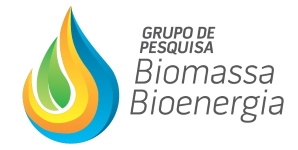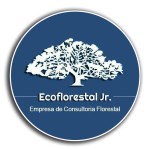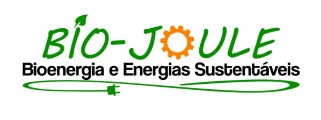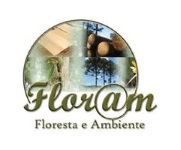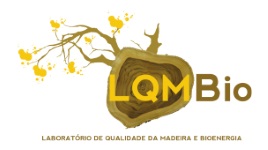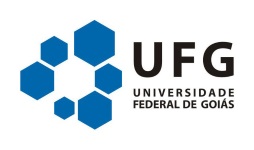EFFECT OF THE FINAL TEMPERATURE OF CARBONIZATIONS IN THE ENERGETIC PROPERTIES OF THE CHARCOAL OF THE WOOD FROM BIXA ARBOREA HUBER
06 - Charcoal
 1 SILVINO MAGNO DE OLIVEIRA MOTA JUNIOR, 1 THAIZA APARECIDA FERREIRA RODRIGUES, 1 TATIANE INÁCIO PINTO, 1 DIEGO LIMA AGUIAR, 1 CEZAR DIAS CARDOSO JÚNIOR, 1 VICTOR HUGO PEREIRA MOUTINHO
1 SILVINO MAGNO DE OLIVEIRA MOTA JUNIOR, 1 THAIZA APARECIDA FERREIRA RODRIGUES, 1 TATIANE INÁCIO PINTO, 1 DIEGO LIMA AGUIAR, 1 CEZAR DIAS CARDOSO JÚNIOR, 1 VICTOR HUGO PEREIRA MOUTINHO
1 UFOPA
In the course of the carbonization, the wood undergoes a transformation process in which its components and behavior are modified. It is known that the quality of the charcoal suffer a great influence of the properties of the wood as well its production process. Thus, the objective of this study was to analyze the effect of the final carbonization temperature on the values of volatile materials, ash, fixed carbon and higher calorific value of Bixa arborea Huber. Three trees from the second cutting cycle of the Tapajós National Forest were used for this purpose. The carbonizations were performed in the muffle type electric furnace at final temperatures of 300 °C, 400 °C and 500 °C, remaining at the final temperature for 30 minutes using the heating rate of 1.67 ° C.min-1. For each tree, three carbonizations were performed for each temperature, totalizing nine carbonizations. After the carbonization, the material was submitted to analysis of immediate chemical composition following the American standard ASTM D-1762-84. The higher calorific value was determined by the equation proposed by Demirba (1997). The results were analyzed through the RStudio software, in which the Shapiro-Wilk tests for normality and Bartlett's were applied for the homogeneity of variances and submitted to the analysis of variance followed by the Tukey test for differentiation of medium treatments at the level of 95% probability. The results showed statistical difference between the three treatments. The fixed carbono, ash content and the higher calorific value of the charcoal increased with the increase of the carbonization temperature, where the minumum value was 61%; 1,3% and 6037 Kcal/Kg, as well the maximum value was 82%; 2,7 and 6900 Kcal/Kg respectively. Contrary behavior occurred for volatile material content, which under the same conditions reduced its value from 41.2% to 17.77%. For the best energetic use of the species, it’s recommended to use 500ºC as final carbonization temperature.
Keywords: amazon species; wood of the second cutting cycle; immediate analysis





